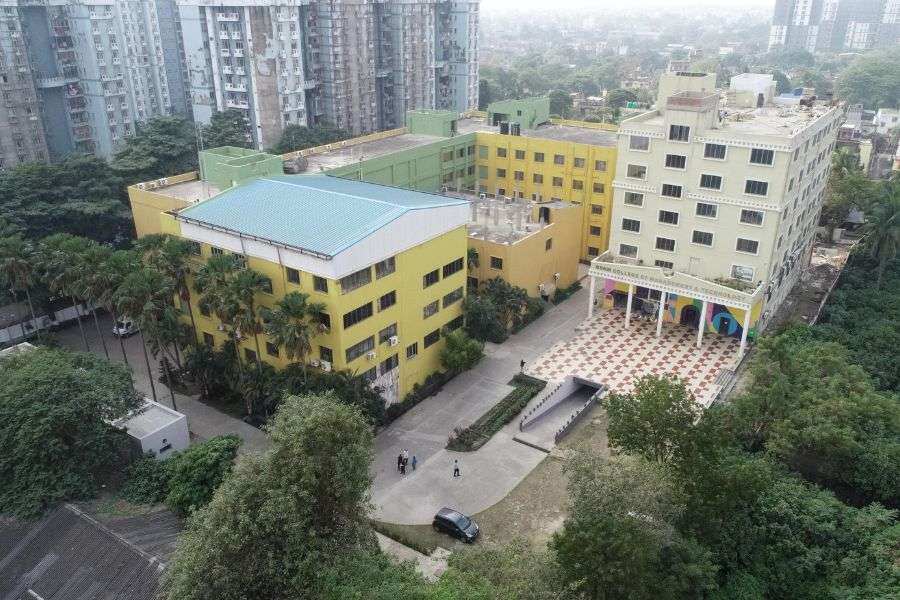Experiential journalism is shaping the next generation of journalists in the digital era


In today’s fast-paced world, journalism is no longer confined to newsrooms or the printed page. Information moves at the speed of a click, and audiences expect stories that are immediate, engaging, and multi-dimensional.
According to Debangana Chakrabarti, Assistant Professor of NSHM Media School, Journalism is no longer confined to the printed page or the evening bulletin. The entire landscape of news reporting has been reshaped by digital innovation, where the line between mainstream and new media continues to blur. Newspapers, television, and radio may still form the backbone of traditional journalism, but web portals, social media, and podcasts have transformed how stories are told and how quickly they reach their audience. In today’s world, journalism operates on dual tracks. On one side, there is legacy media which is deeply rooted in institutional credibility and structured formats. On the other, a vibrant ecosystem of online platforms, live updates, citizen journalism, and mobile reporting offers a real-time, interactive model of communication. This duality demands a new kind of journalist, someone flexible, tech-savvy, and ethically grounded.
Modern journalism no longer revolves around simply reporting news, it is about creating narratives that resonate across platforms, whether on a broadsheet, a smartphone screen, or an audio stream.
“Journalistic training today includes not just writing and reporting, but also production, design, layout, and digital publishing. From print newspapers to e-magazines and online tabloids, content is shaped to meet evolving audience preferences. At NSHM Media School, we don’t just teach journalism — we train storytellers who can navigate the speed of a tweet and the depth of a documentary, preparing them equally for the newsroom and the newsfeed,” says Prof. (Dr.) Mahul Brahma, FCES, Visiting Research Fellow at Bath Spa School, UK, and former Editor-in-Chief.
One of the defining characteristics of journalism education today is experiential learning, and at NSHM Media School, learning doesn’t stay confined to the classroom. Fieldwork becomes a medium for immersive storytelling. Through scripting and anchoring radio shows, podcasting during festivals, or covering live events, students gain hands-on exposure that builds both confidence and competence. Field assignments have taken NSHM Media School students to places like the Sundarbans and Santiniketan, where they have created short films, documentaries, and live reports using everyday devices such as smartphones and drones. These projects serve as training grounds for mobile journalism (MoJo), reflecting the styles used by emerging digital platforms like Mojo Story and The Quint.
Contemporary journalism goes beyond newsrooms. The field now intersects with mass communication, public relations, advertising, digital marketing, and film production. Journalists today are trained not just in field reporting or anchoring, but also in media editing, photography, videography, and data journalism. These are not just added skills, they are essential to thriving in a competitive media landscape.
The technological frontier continues to expand. Tools such as Artificial Intelligence (AI), Augmented Reality (AR), and Virtual Reality (VR) are redefining how stories are told. AI has significantly reduced human effort, creating automated content, enhancing user experiences, and offering predictive insights. Yet, amidst this automation, the human touch, empathy, ethics, creativity—remains irreplaceable.
In the age of digital acceleration, critical thinking and ethical practice are paramount. Media professionals are not just expected to follow trends, but to shape them. In doing so, they not only inform, but inspire, connect, and transform society.
This is a sponsored article. This article has been produced on behalf of NSHM Media School by ABP Digital Brand Hub.